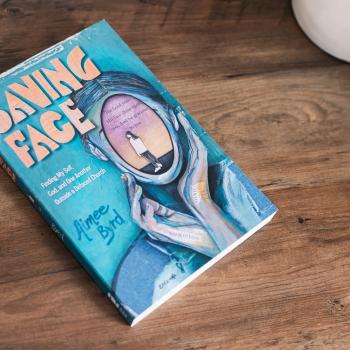If you can’t tell already by my many posts (here, here, and here), I’ve been fascinated by Jane Smith’s 1984 book about women missionaries in turn-of-the-century China. In this final post, I want to delve into Smith’s description of childrearing by missionary mothers.

According to archival records, this was one of the most anxious and fraught parts of living in China for missionary parents. They worried about the influence of Chinese children and amahs (nurses). Why? According to mother Jennie Campbell, it was “very demoralizing” for her children to play with Chinese children, “even the Christians.” American missionaries considered Chinese people to be deceitful. “Missionaries constantly railed at Chinese etiquette, which demanded that unpleasant truths be communicated indirectly,” writes Smith. They worried that for the Chinese, “politeness is a kind of truth.” Could American missionary children, under the supervision of an amah, learn to be tellers of uncomfortable truths?
American mothers also worried that their children might get spoiled. Chinese adults constantly deferred to American children. And Chinese children were given almost complete freedom at birth. According to Smith, “During this time, which corresponded in theory to a prerational state, children were indulged, coddled, and carried. Only at the age of six or seven, when a child became a rational being, was he required to exercise self-discipline.”
To counteract this, American children were given strong doses of discipline from infancy onward. Esther Lewis demanded that her children make their own beds, tidy their rooms, and empty the slop buckets. Her daughter remembered the difficulties in actually making this happen. “Although this experiment in the principles of democracy was supposed to teach the servants as well as ourselves that no kind of work was menial, it seemed to them absurd and out of keeping. The snickers of Lao Quang and Chang . . . seared my soul and made me feel rebellious.”
Pearl S. Buck’s mother worried that local culture, compounded by the exaltation of Americans by the Chinese, would give her son “a false and exalted opinion of himself.” Bessie Ewing cut down the responsibilities of her servants in order to toughen up her own children. “It is hard for them to feel any responsibility and they have to be reminded every day,” she lamented.
According to Smith, much of the concern over raising children in China betrayed big cultural blindspots. “None tried to understand the process by which “spoiled, pampered” Chinese infants turned into the courteous models of Chinese childhood who so demurely filled their mission schools.” And by cordoning them off so completely from Chinese playmates, they unwittingly reinforced a sense of cultural superiority. Chinese children believed that American children were superior. And it goes without saying that American children themselves believed they were superior.
Much scholarship has emphasized the impressive contextual work of missionaries. But there were limits. Protective parents erected stone compound walls to separate children from a host culture seen as corrupting.












